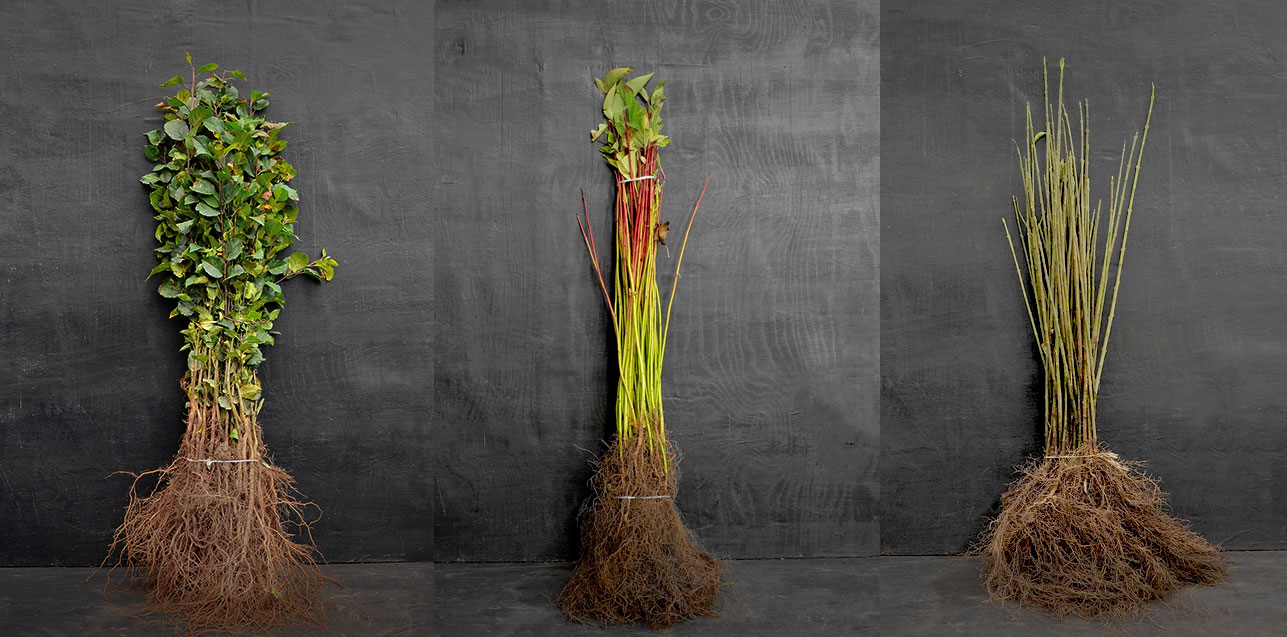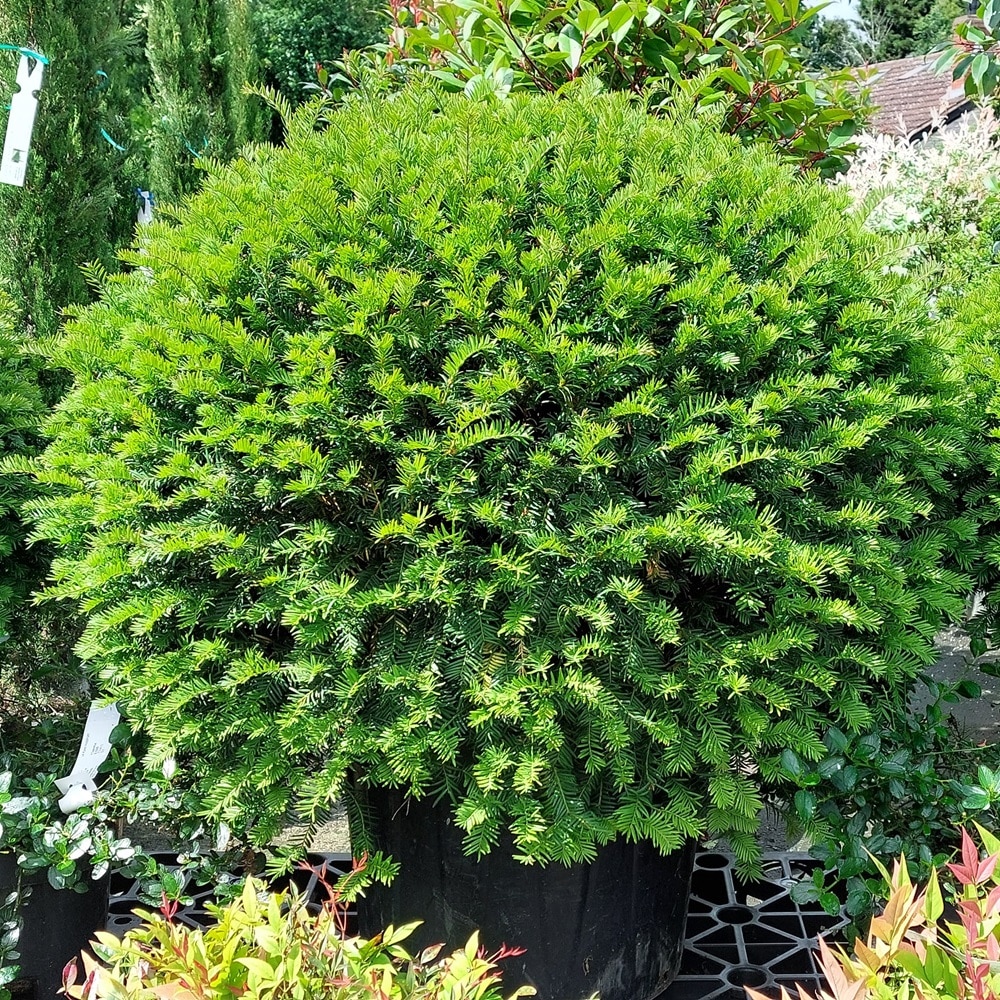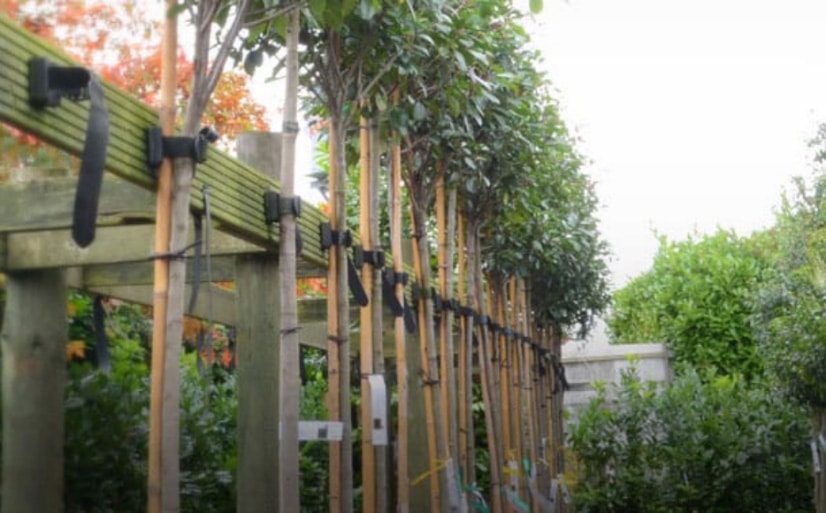Known for its slow growth and famously toxic berries, we are often asked “What are the benefits of planting Yew?” It’s a fair question, and the answer is that despite these traits, the English Yew offers extensive advantages…
1. A Native Legacy
This incredibly long-lived tree has witnessed centuries of British history, and its strong, flexible wood was famously used to craft English longbows during the medieval period. As one of just three native conifers in the UK, yew offers a unique combination of timeless beauty, cultural significance, and long-term practicality. These qualities make it an ideal choice for many gardeners and landscapers.
2. Elegance
A staple in British landscapes for centuries, yew has earned its reputation as the “Rolls Royce” of hedges. It is ideal for those seeking an evergreen boundary that is both elegant and low-maintenance over time. Yew also has dense foliage that can be easily clipped into sharp lines or shaped into decorative forms such as spirals, cones, and topiary balls. While its growth is slow, the results are long-lasting and highly rewarding, making it a top choice for traditional and formal garden designs.
3. Symbolism and Modern Applications
Yew and the upright Irish yew species (Taxus baccata ‘Fastigiata’) are a common sight in churchyards and burial grounds. Historically associated with themes of death and resurrection, their role in the modern world has expanded significantly. Today, yew clippings are harvested for use in life-saving anti-cancer drugs, which is a powerful contrast to their ancient symbolism.
Best Planting Practices
We supply most of our yew hedging to customers in rootballed form between the months of November and March, as this is the most successful method of transplantation. Container-grown yews are available during summer, but extra care must be taken with irrigation, as yew is sensitive to waterlogging. With the right preparation and site selection, a yew hedge can thrive for decades.
Hopefully this helped to explain the benefits of planting yew highlighting its qualities of beauty, longevity, and usefulness. Whether for privacy, ornamental appeal, or its historical legacy, yew remains one of the finest evergreen hedging options available today!






